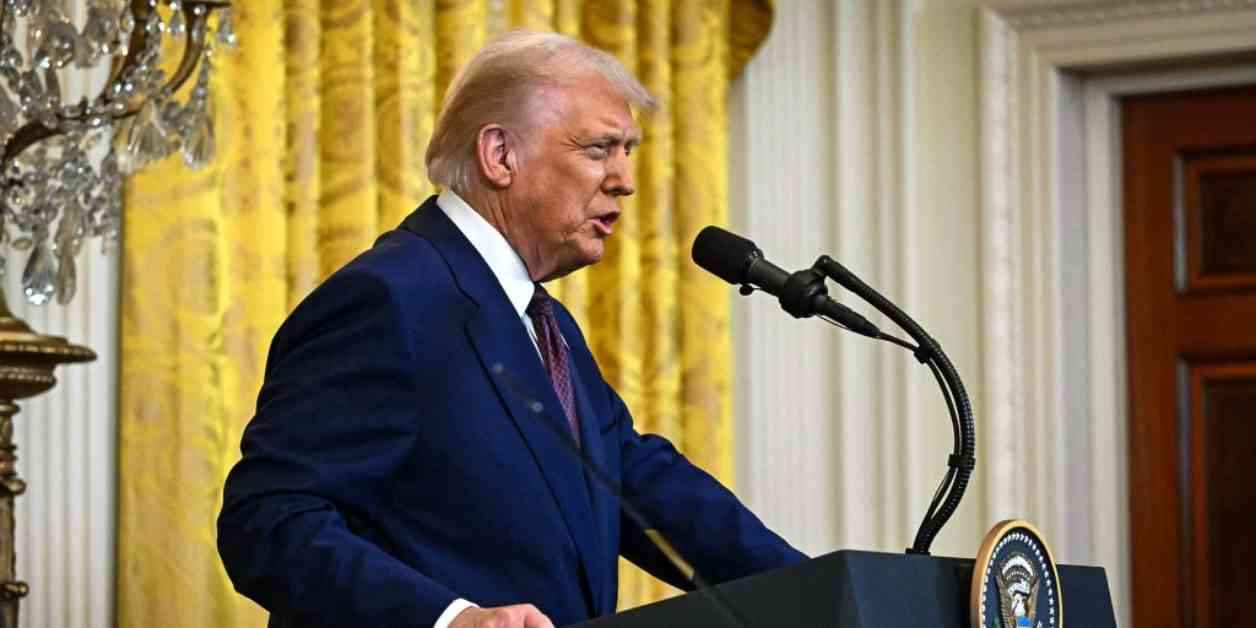The Trump Administration’s Controversial Move to Dismiss Federal Employees
In a bold and controversial move, the Trump administration has initiated a mass firing of federal workers, sparking outrage and concern across the nation. The Office of Personnel Management has advised agency leaders to dismiss probationary employees, a decision that could impact hundreds of thousands of individuals. While the exact number of terminations remains unclear, the implications of this decision are far-reaching and significant.
Probationary employees, who have typically served in the federal government for one to two years without the full protections of civil service status, now find themselves at risk of losing their jobs. The administration has framed this decision as part of a broader effort to restructure and streamline the federal government in order to better serve the American people. However, critics argue that the move is politically motivated and targets employees based on their tenure rather than performance.
The American Federation of Government Employees, a union representing federal workers, has condemned the mass firings as an abuse of power. AFGE President Everett Kelley asserts that this action is not about addressing poor performance but rather about dismantling the federal government to advance a partisan agenda. The administration’s decision to dismiss employees without clear evidence of wrongdoing has raised concerns about the erosion of civil service protections and the politicization of the federal workforce.
Departmental Dismissals and Agency Reactions
The Department of Veterans Affairs has announced the dismissal of over 1,000 employees, including probationary workers, as part of this wave of terminations. While the total number of probationary employees in the department exceeds 43,000, many are exempt from the current personnel actions due to their critical roles in serving VA beneficiaries. Meanwhile, the Education Department and the Department of Housing and Urban Development have also begun terminating probationary employees, signaling a widespread impact across federal agencies.
At the Department of Housing and Urban Development, senior-level managers have been informed of upcoming workforce reductions and have been tasked with identifying employees for dismissal. This move has created uncertainty and anxiety among HUD employees, who face the prospect of significant layoffs in the near future. Similarly, the U.S. Forest Service is preparing to terminate at least 3,400 employees, further intensifying the repercussions of the administration’s decision.
Legal Challenges and Political Ramifications
The Trump administration’s hiring freeze, implemented on the first day of the president’s second term, has faced legal challenges, with a federal appeals court rejecting an attempt to pause a lower court’s order blocking the freeze. This legal battle underscores the contentious nature of the administration’s efforts to reshape the federal workforce and reduce government spending.
As the administration continues to target federal agencies and employees, the broader implications of these actions remain uncertain. The dismissals of institutional support contractors at the U.S. Agency for International Development and the Consumer Financial Protection Bureau have raised concerns about the administration’s commitment to governmental accountability and oversight. The promise to slash what is perceived as wasteful spending has left many federal workers and observers questioning the motivations behind these decisions.
In the midst of these developments, the fate of federal employees hangs in the balance as they navigate an uncertain future in an increasingly volatile political climate. The ramifications of the administration’s actions will reverberate throughout the federal workforce, shaping the landscape of public service for years to come. The human cost of these decisions is starkly evident, as dedicated public servants face the prospect of losing their livelihoods in the name of political expediency and administrative restructuring.


